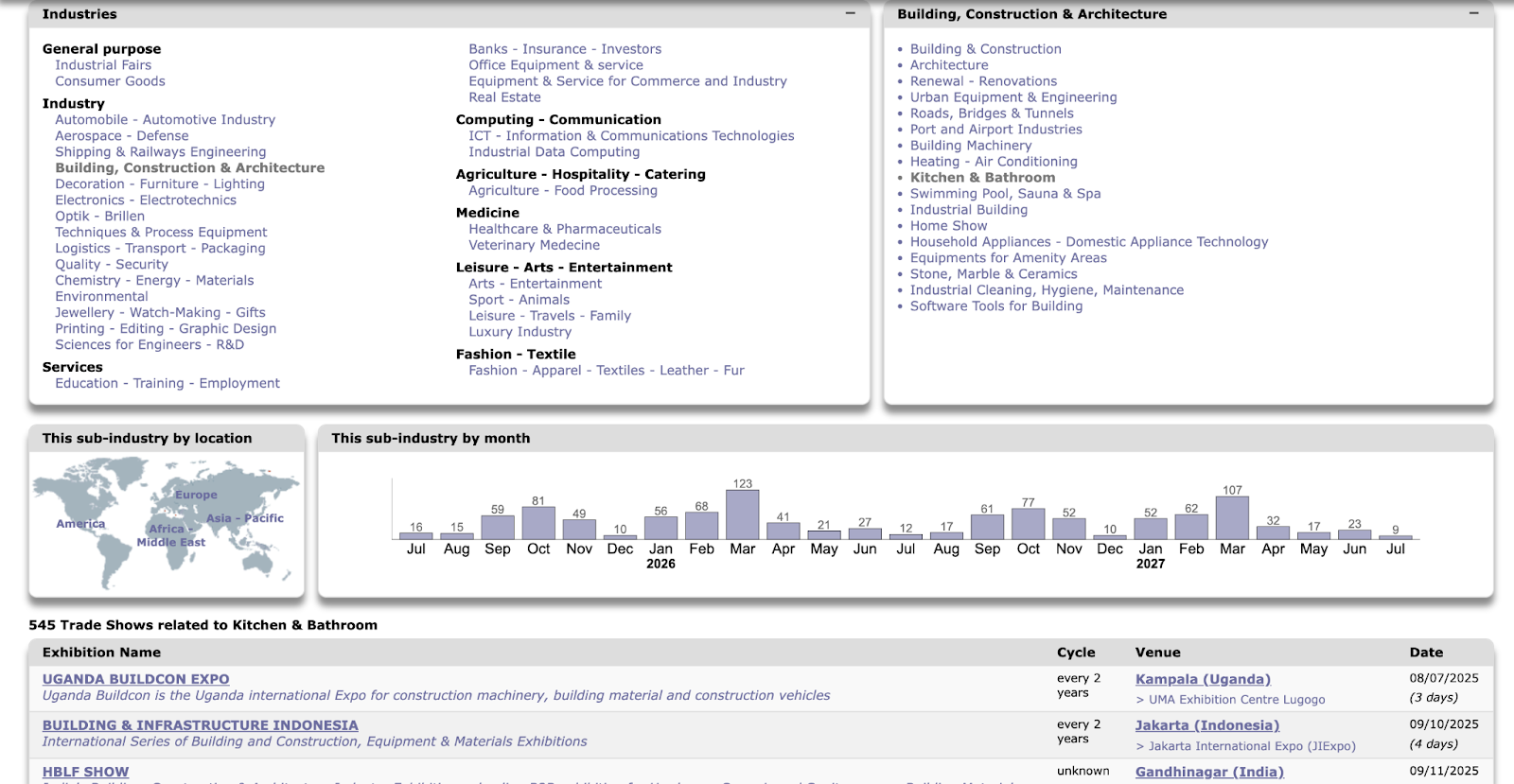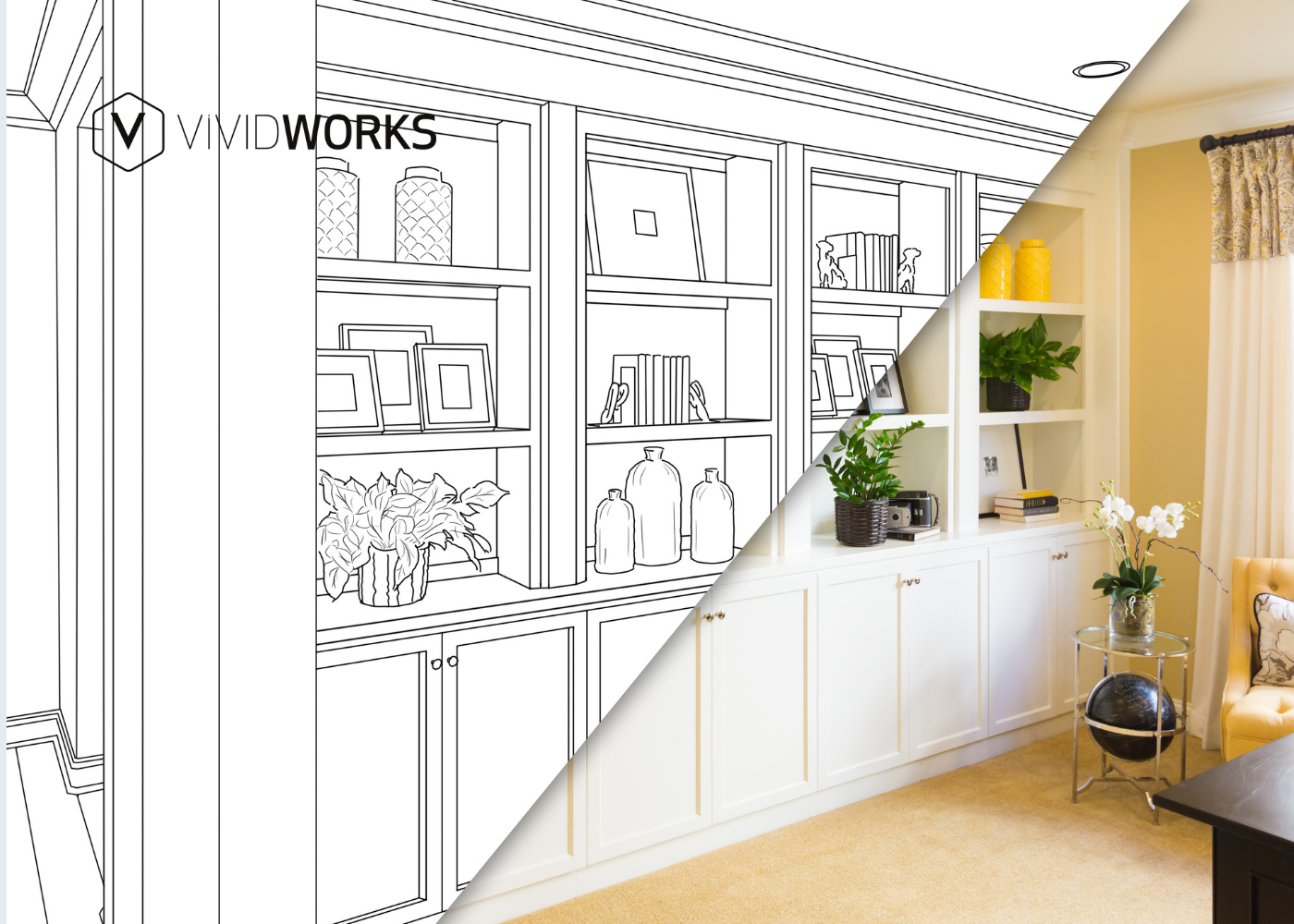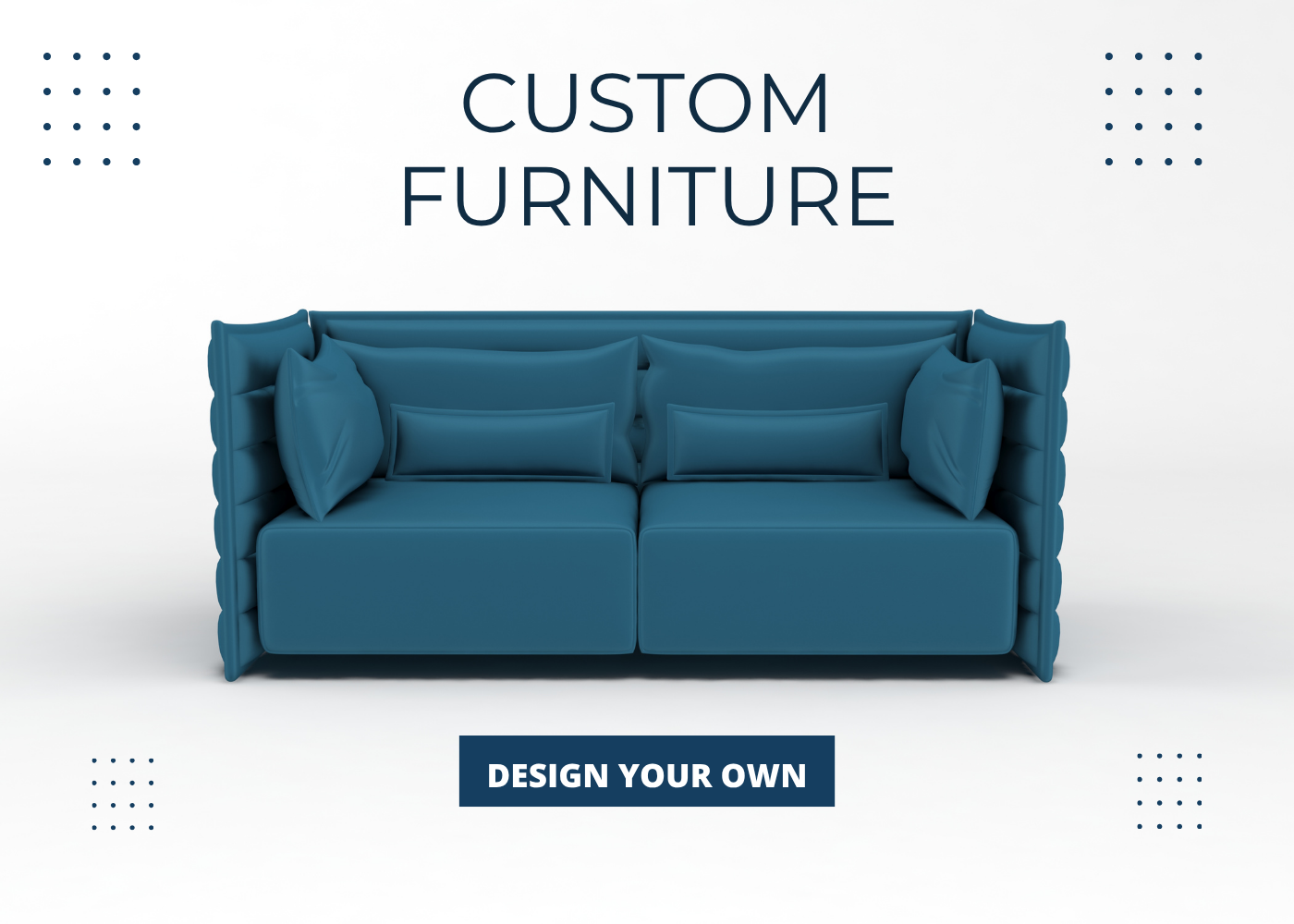The custom cabinet market is highly profitable today, but the demand for personalized, high-quality cabinetry is stronger than ever. To thrive in this environment, your business needs marketing strategies that attract attention, empower the customer, and drive sales.
Right now, keep scrolling to discover 6 proven cabinet marketing ideas with our experts!
How Big is the Cabinet Market?
According to a recent analysis, the total global cabinetry market stood at USD 141.0 billion in 2025 and is projected to reach USD 180.25 billion by 2030, with a CAGR of 5.03%. Notably, the largest market is in North America, and the fastest market growth is in Asia.

The bathroom and kitchen cabinet markets for both residential and non-residential applications remain the primary contributors to global sales and revenue. Sustainable materials and custom cabinet designs have also emerged as dominant trends, driven by evolving social values and aesthetic preferences. Therefore, effective custom cabinet marketing strategies are crucial for differentiating your brand in this competitive market.
In addition to being divided by type (kitchen, bathroom, and storage) and application (residential and non-residential), the cabinet market can be categorized by materials (metal, plastic, and wood), distribution (offline and online), and end-users (e.g., builders, homeowners). This diversity offers more chances across regions and buyer segments.
Is the Hospitality Cabinets and Vanities Market Profitable?
Absolutely. The hospitality cabinets and vanities market is one of the fastest-growing sectors in the furniture and interior design industry, estimated to reach $2945 million by the end of 2025. This surge is driven by rising demand from hotels, resorts, and short-term rental properties seeking to create high-end, personalized guest experiences.
Thus, if you’re looking to identify a profitable niche within the custom cabinet market, the hospitality sector presents a promising opportunity. With growing emphasis on bespoke designs, durable materials, and sustainable craftsmanship, cabinetry businesses, as well as cabinet manufacturers that can deliver tailored solutions to clients, are well-positioned to attain consistent growth in the future.
6 Marketing Strategies to Sell Cabinets in 2026
#1. Utilize 3D configuration to offer customers personalized shopping
The first cabinet marketing strategy is to leverage the role of the 3D configuration technology in selling custom cabinets. With these 3D cabinet configurators, customers can freely build, customize, and visualize their desired product design from all angles. This level of interactivity enhances their satisfaction and helps sellers close deals faster.
Today, many product configurators are embedded with Visual CPQ so that you can view instant pricing and quotations every time you make new adjustments to your design. Moreover, seamless integration with eCommerce platforms, CRM, and ERP systems is essential to ensure a smooth workflow from custom cabinet manufacturing to delivery.
A great example is Supra Cabinets, a business that successfully implemented a 3D configurator to simplify its sales process for its bespoke, modular Supra Cabinet series.
Partnering with VividWorks, Supra launched a 3D advanced configurator that enables the creation of cabinets with full compatibility, thanks to rule-based configuration. The built-in CPQ feature can help obtain real-time quotes and benefit from the integration with WooCommerce, making it effortless to finalize purchases. All of these transform what used to be a complex, custom order into a seamless online shopping experience.
"The products really are selling better and with less assistance from us in the buying process for our customers because of the 3D configurator.” - Zebasustian, Supra Cabinets’ Founder.
#2. Embed AR and 3D room planning for immersive experiences
For high-ticket items like custom cabinets, the fear of "will it fit and will it look good?" is a major conversion killer. Augmented reality (AR) for furniture and 3D room planning eliminates this uncertainty, bringing your customers a true-to-life shopping experience.
Let’s look at how these 3D eCommerce trends offer innovative cabinet marketing ideas:
AR lets users preview cabinets in their real-world environment. By scanning a simple QR code with their phone, they can place their custom-designed cabinets in their kitchen or bathroom. This helps them verify that the scale and design align with their existing decor.
On the other hand, 3D room planning supports floor and layout planning in accurate dimensions. Users can map out the entire room, place, arrange, and discover chosen cabinets inside, ensuring everything feels perfect before making any official purchase.
#3. Use UGC to build brand authenticity
Nothing builds credibility like real custom stories. That’s why encouraging satisfied buyers to share their real experiences has been key to your cabinetry marketing strategy. Here are some proven ideas that you can consider if you want to kick off this perspective:
- Run a “Cabinet of the Month” contest to showcase the best customer designs.
- Create a branded hashtag (e.g., #MyDreamCabinet) on Instagram or Pinterest.
- Offer small incentives, such as discounts or free accessories, for photo submissions.
In other words, focusing on user-generated content (UGC) images or videos can help strengthen customer trust and transform authentic visual proof that inspires new buyers. As a result, custom cabinet businesses can effectively boost their conversions and sales.
#4. Build brand awareness with digital cabinetry marketing
If you’re wondering how to market a cabinet business effectively, digital marketing should be your top priority in your cabinet marketing plan. With the right mix of online tactics, you can successfully reach local homeowners and commercial clients who are seeking customized solutions.
- SEO and local SEO
You should start with relevant keywords such as 'cabinets for kitchens and bathrooms,' 'custom cabinets,' or 'cabinet trends in 2025.' Don’t overlook location-based marketing (local SEO), as many buyers prefer to work with nearby manufacturers and builders they can trust. Moreover, you should claim your Google Business Profile, add location-based service pages, and encourage satisfied clients to leave positive reviews to improve visibility in local search.
- Paid Advertising
Investing in Google ads or social media ads to reach people actively looking for cabinet design services. Paid campaigns allow you to target by location, budget, and intent, making them ideal for promoting new collections, limited offers, and seasonal projects.
- Social Media Marketing
Most marketers of furniture designs, such as cabinets, use visually driven platforms like Pinterest, Houzz, or Instagram to showcase designs, share customer success stories, or highlight behind-the-scenes craftsmanship. In fact, ensuring consistent posting and engagement is an effective Internet marketing strategy that helps position your custom cabinet brand as a creative name in the market.

- Email marketing
Every business needs to build an email list to nurture long-term relationships with potential and existing customers for their own digital marketing campaigns. You can send newsletters featuring design inspiration, product updates, and exclusive discounts that include personalized content to keep your brand standout. Don’t forget to consider tools like MailChimp to master this perspective.
#5. Invest in Co-Marketing partnership programs
Collaboration is a powerful way to amplify your cabinet marketing efforts. You partner with complementary brands, such as countertop manufacturers, flooring companies, or home décor influencers. Moreover, co-hosting webinars, visual campaigns, or design inspiration guides is also effective in showcasing how your cabinet designs look in reality.
Generally, these partnerships allow you to share audiences, reduce marketing costs, and position your brand alongside other trusted names in the home improvement industry.
#6. Going to B2B sales and referrals
While B2B sales and referral programs may be overlooked in other niches, they are essential strategies for opening new, consistent revenue streams in cabinet marketing. Participating in design magazines, local trade organizations, and industry expos is a standard solution in this approach. A solid referral network not only generates qualified leads but also helps your cabinet business establish itself as the go-to cabinet supplier in your region.

Conclusion
Last but not least, there’s no single cabinet marketing strategy that works for every custom cabinet brand. Whether you specialize in kitchens, bathrooms, retail displays, or storage solutions, the key is to test and combine with approaches, from 3D configuration and AR to UCG content and referrals, to identify what resonates most with your audience.
Book a demo with VividWorks today to see how 3D eCommerce configurators, AR, and 3D room planners can transform your customer journey and elevate your performance.
Table of Content
-3.avif)
Streamline your process today!






